Deadly Webcap
The Deadly Webcap can be hard to identify as there are quite a few orange/brown capped species in the Cortinarius genus. This Webcap contains orellanin, a deadly poisonous compound that can destroy the kidneys and liver and can take up to two weeks to show any symptoms by which time the damage has already been done.
| Mushroom Type | |
| Common Names | Deadly Webcap (EN), Cap Gweog Marwol (CY), Zasłonak Rudawy (PL), Csúcsos Pókhálósgomba (HU) |
| Scientific Name | Cortinarius rubellus |
| Synonyms | Cortinarius speciosissimus, Cortinarius orellanoides |
| Season Start | Aug |
| Season End | Nov |
| Average Mushroom height (CM) | 6-8 |
| Average Cap width (CM) | 4-6 |
Cap
4-6 cm. Reddish brown to orange. Starting convex but becoming clearly umbonate (has a raised and in this case slightly pointed centre). The cap is dry and can be fibrillose (slightly hairy or scaly).
Gills
Orange/red/brown but starting paler on younger mushrooms. Fairly widely spaced and emarginate, joined to the stem with a notch slightly beforehand.
Cortina / Veil
When young, a pale orange/brown cortina or veil (a cobweb like structure) will cover the gills. This will soon disappear but usually leaves marks on the stem that rusty brown spores will adhere to.
Stem
6-8cm long, 0.7-1.5 cm diameter. Orange to red/brown sometimes with zig-zag markings from the cortina. Has a slightly bulbous lower half, tapering towards both the base and the apex.
Possible Confusion
Other orange/brown Cortinarius.
The deadly poisonous Cortinarius orellanus looks similar but does not have the zig-zag pattern on the stem.
Taste / Smell
Do NOT try a taste of this deadly poisonous mushroom. Has a radish like smell.
Frequency
Uncommon, more common further North in the UK.
Spores
Rust coloured. Ellipsoid.
Other Facts
When young, the large Cortinarius genus is fairly easy to identify as they have a veil or cortina covering the gills. The cortina looks like a mass of spider web strands but this soon disappears, sometimes leaving a ring zone on the stem which rusty coloured spores will stick to and some strands will be attached to the edge of the cap. After identifying a mushroom as a Cortinarius the hard work begins. There are over four hundred species of Webcaps in the UK and many look similar to each other. As they can be so hard to identify and there are some deadly poisonous mushrooms in the genus, we don’t forage for them.

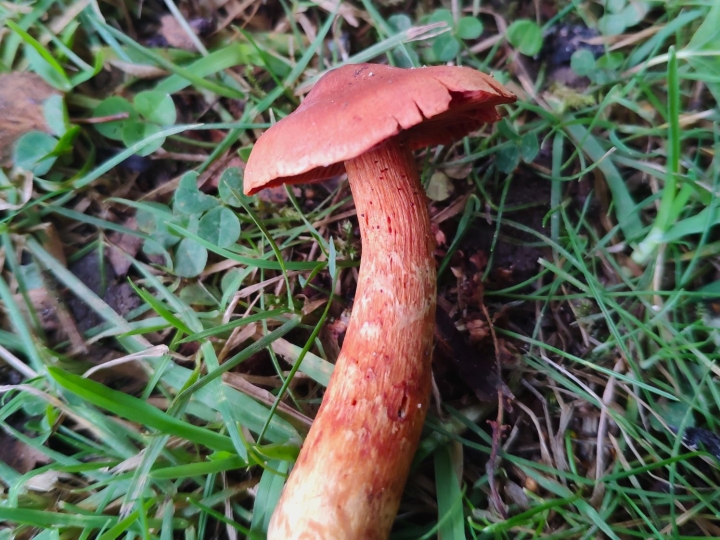
















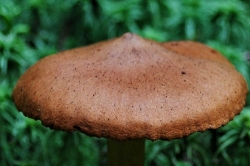
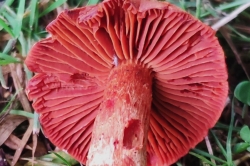
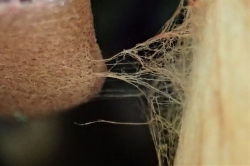
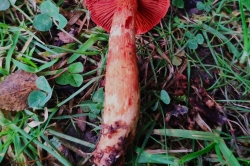
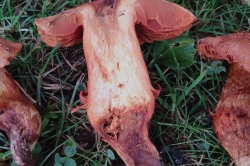
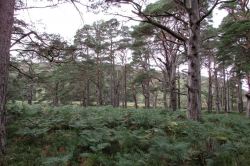





COMMENTS